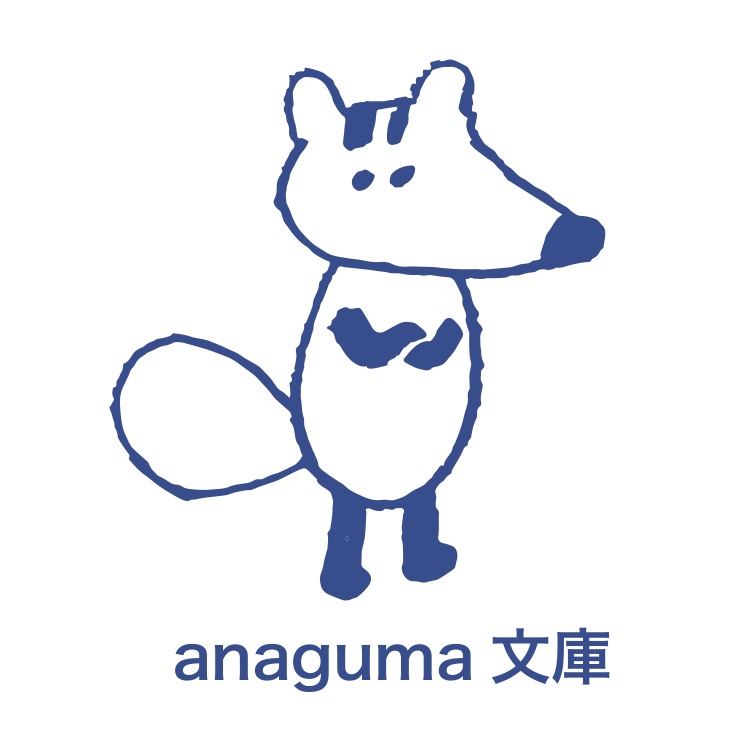川上を示す生き物
木の陰で隠れた、長い石畳の階段があきつの小野スポーツ公園から、蜻蛉(ルビ:せいれい)の滝を超えて、山の上へ続く。先月、森と水の源流館の古山暁さんはこの階段を登っていた時、目が枯れた枝に止まった。「オレンジ色が見えて、最初にゴミかなと思ったけど」と古山さんは言った。彼はその枝に近づき、その枝に付いたのがゴミではなく、死んだトンボだと分かった。彼の目を止めた鮮やかなオレンジ色のものは、トンボから生えたキノコだった。
そのキノコは昆虫などに寄生する「冬虫夏草」という一種だ。冬は虫、夏は草の姿になるという意味だ。「冬虫夏草」は虫に寄生して、体内の栄養を奪う。虫が死んだ後に、キノコとして体から生えてきて、成長する。古山さんの見つけた冬虫夏草は「ミルンヤンマ」というトンボに寄生するので、「ヤンマタケ」と呼ばれるものだ。
「ちょっと気持ち悪いかもしれないけど、見せてあげようか」と古山さんは明るく言って、僕を森と水の源流館のロビーから右へ案内してくれた。ガラスの下に6センチほどのトンボが見えた。かつてオレンジ色であった「ヤンマタケ」のキノコは淡い灰色に変わり、トンボの頭から尾まで生えた。トンボ1匹の下に、カメムシ5匹が並べてあった。それぞれのカメムシから、細長いキノコが綺麗に伸びて生えた。そのキノコはカメムシに寄生するので、「カメムシタケ」という一種だ。
古山さんはこのトンボを見つけたが、ただのトンボより大きなことも見えた。ミルンヤンマは川上村にある細い沢に住む。そのトンボに寄生するキノコは、そういう湿ったところを好む。「ここの川上村の谷は湿った環境で、綺麗な水がずっと流れている環境を示す生き物として使うことができる」と古山さんは生き生きしながら説明してくれた。「ということで、川上村はものすごい自然豊かだと分かる」。また、このトンボを森と水の源流館のロビーで展示するのは、古山さんにとって、「タネ」をばらまくことだ。「この話をして、トンボに興味を持ってくれる人がいるかもしれない。キノコ好きになる人がいるかもしれない。こういう自然を守りたいと思ってくれる人がいるかもしれない」と。
僕はヤンマタケを見ながら、蜻蛉(ルビ:せいれい)の滝の伝説を思い出した。雄略天皇をアブから助けたトンボの話だ。千五百年を超える歴史があっという間に近くに感じた。
森と水の源流館は11月30日までこのヤンマタケとカメムシタケを無料のロビーで展示しているので、ぜひ気楽に見に行ってください。玄関の大きなナガレヒキガエルへの挨拶を忘れないでね。
A Creature That Expresses Kawakami
Hidden in the shade of trees, a long set of stone steps continues from Akitsu-no-ono Sports Park, past Seirei-no-taki Waterfall, and up into the mountains. Last month, when Akira Koyama of the MoritoMizuno Genryukan (Forest and Water Source Museum) was climbing these steps, his eyes caught something on a withered branch. “I saw something orange, and thought it was a piece of trash at first,” he said. As he moved closer to the branch, he realized what was stuck to it was not a piece of garbage, but a dead dragonfly. The bright orange that had caught his eye were mushrooms growing from the dragonfly.
Those mushrooms were “tochu-kaso”, or yartsa gunbu, a kind of fungus that acts as a parasite inside insects. The Chinese name describes it as an insect in the winter, and grass in the summer. This “tochu-kaso” lives inside an insect and steals its nutrients. After the insect dies, it grows up and out of the body as a mushroom. The “tochu-kaso” that Mr. Koyama found was a parasite that lives in a dragonfly called “mirun-yanma” (planaeschna milnei), so its mushroom is called “yanma mushroom”.
“It’s a little creepy, but do you want to see it?” Mr. Koyama said cheerfully as he lead me to the right of the lobby at the MoritoMizuno Genryukan. Underneath the glass was a dragonfly about six centimeters long. The once orange yanma mushrooms had changed to a light grey, and had grown from head to tail on the dragonfly. Below the one dragonfly were five shield bugs, A long, single mushroom sprouted straight out from each shield bug. Since these mushrooms use a shield bug as host, they are called “shield bug mushrooms”.
Mr. Koyama may have found this dragonfly, but he saw in it more than just a dragonfly. The mirun-yanma dragonfly lives in the narrow streams of Kawakami Village. The mushroom that attached itself to the dragonfly likes to live in that kind of a wet area. “So we can use this as a creature that expresses the environment of Kawakami Village, with our wet valleys that have always had clean water flowing through,” he excitedly explained. “It shows the abundance of nature in Kawakami Village.” In addition, displaying this dragonfly in the lobby of the MoritoMizuno Genryukan is, for Mr. Koyama, a way of sowing “seeds”. “Someone might hear this and become interested in dragonflies. Or they might start to like mushrooms. Or they might feel like they need to protect this kind of nature,” he said.
As I looked at the yanma mushrooms, I recalled the legend of Seirei-no-taki Waterfall. It’s the story of a dragonfly that saved Emperor Yuryaku from a horsefly. That 1,500 year history all of a sudden felt very close.
The MoritoMizuno Genryukan is displaying the yanma mushrooms and shield bug mushrooms for free in the lobby until Nov. 30, so feel free to go see it. Don’t forget to say hello to the large Japanese stream toad in the lobby.


